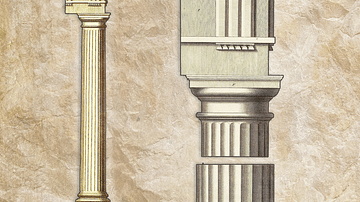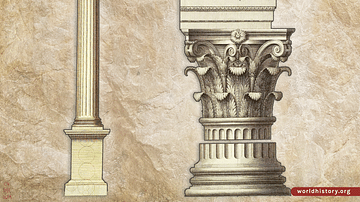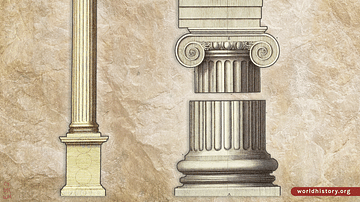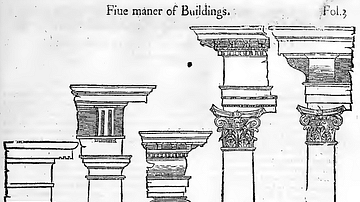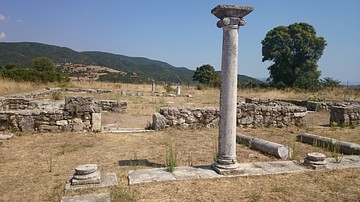Illustration
This map illustrates the five classical orders of architecture—Doric, Ionic, Corinthian, Tuscan, and Composite—as developed in ancient Greece and Rome. These column styles, each with distinct proportions and decorative features, became foundational design systems that continue to shape architectural aesthetics from antiquity through the Renaissance and into modern Neoclassicism.
The Doric order is the oldest and most robust, marked by sturdy proportions and minimal ornamentation. The Ionic order introduces elegance and scroll-like volutes, while the Corinthian showcases elaborate acanthus leaves and intricate detailing. The Tuscan order, introduced by the Romans, simplifies the Doric, and the Composite order combines the ornate elements of Ionic and Corinthian into a uniquely Roman expression. These systems emphasize harmony, proportion, and beauty, and remain cornerstones of classical design education and practice.
About the Author
Cite This Work
APA Style
Netchev, S. (2012, October 27). The Classical Orders of Architecture. World History Encyclopedia. Retrieved from https://www.worldhistory.org/image/948/the-classical-orders-of-architecture/
Chicago Style
Netchev, Simeon. "The Classical Orders of Architecture." World History Encyclopedia. Last modified October 27, 2012. https://www.worldhistory.org/image/948/the-classical-orders-of-architecture/.
MLA Style
Netchev, Simeon. "The Classical Orders of Architecture." World History Encyclopedia. World History Encyclopedia, 27 Oct 2012, https://www.worldhistory.org/image/948/the-classical-orders-of-architecture/. Web. 03 May 2025.



